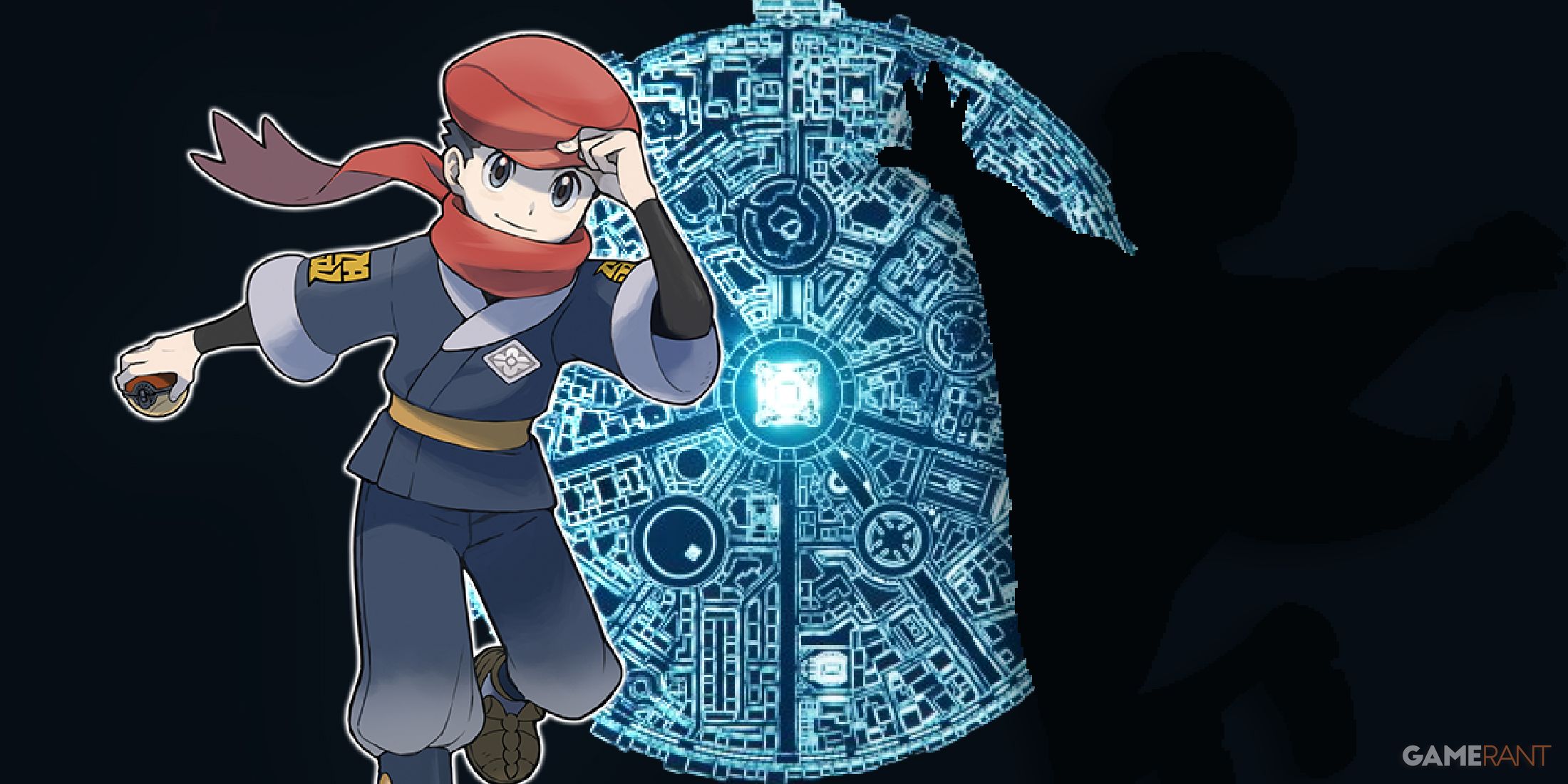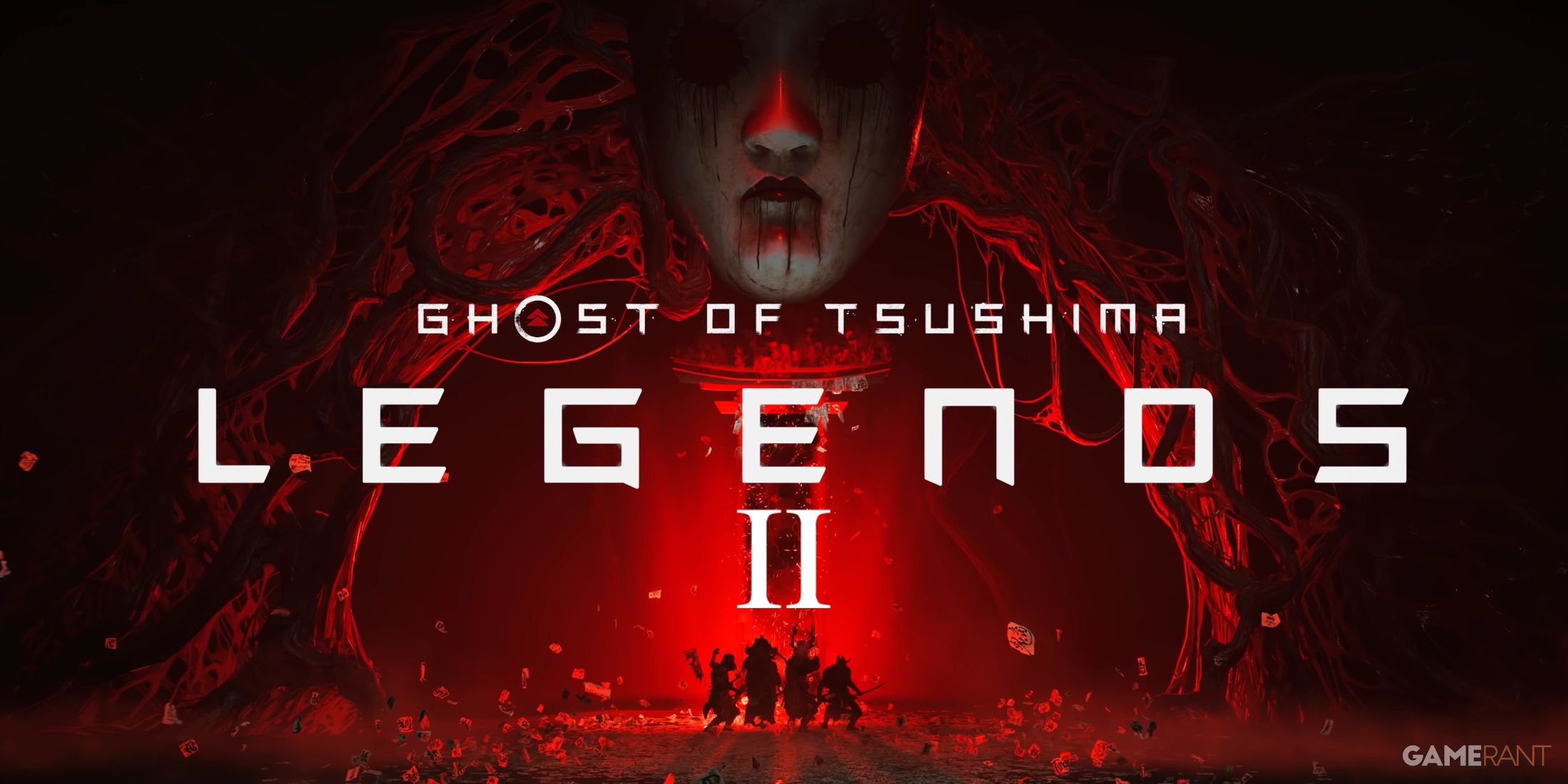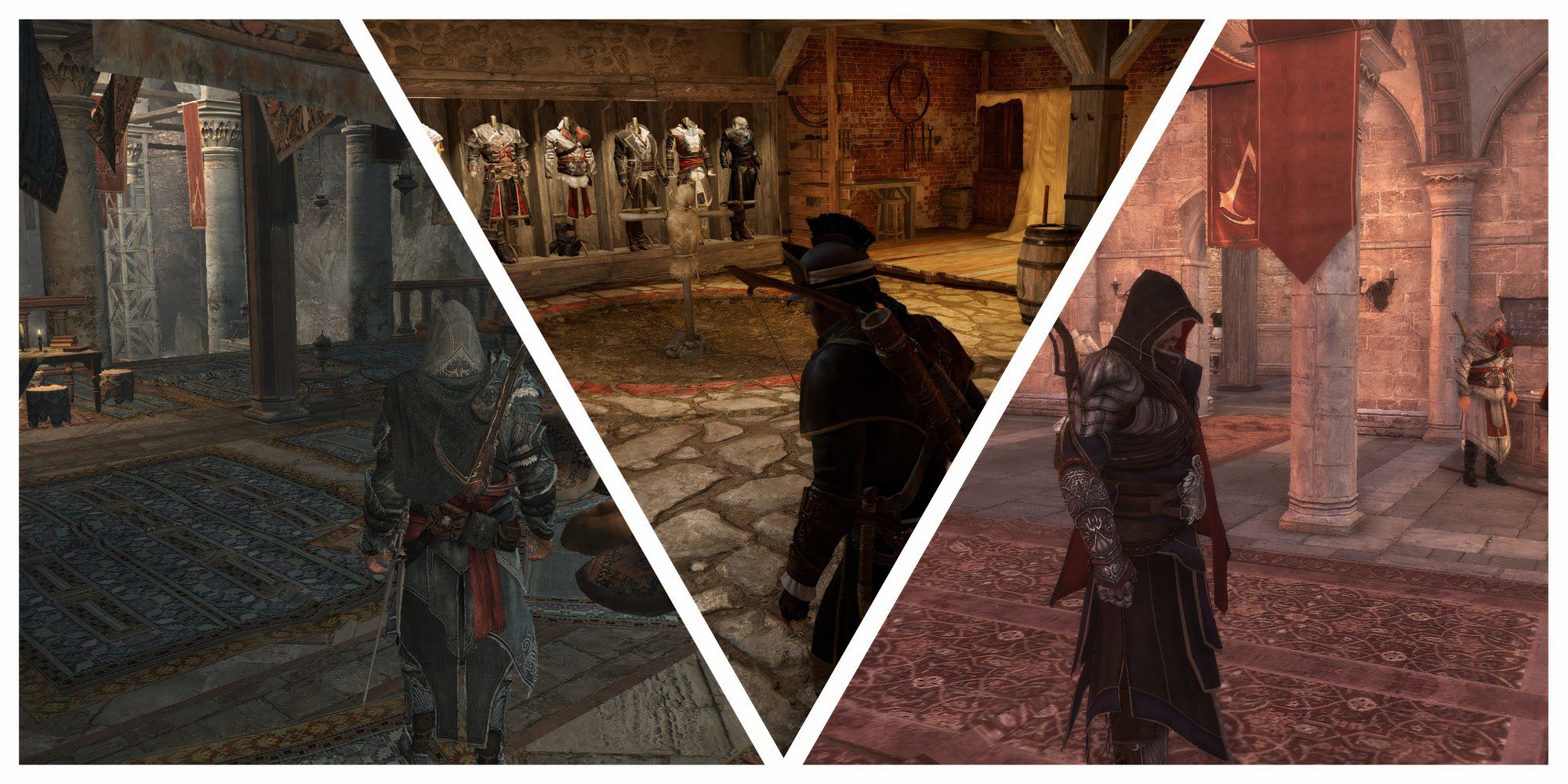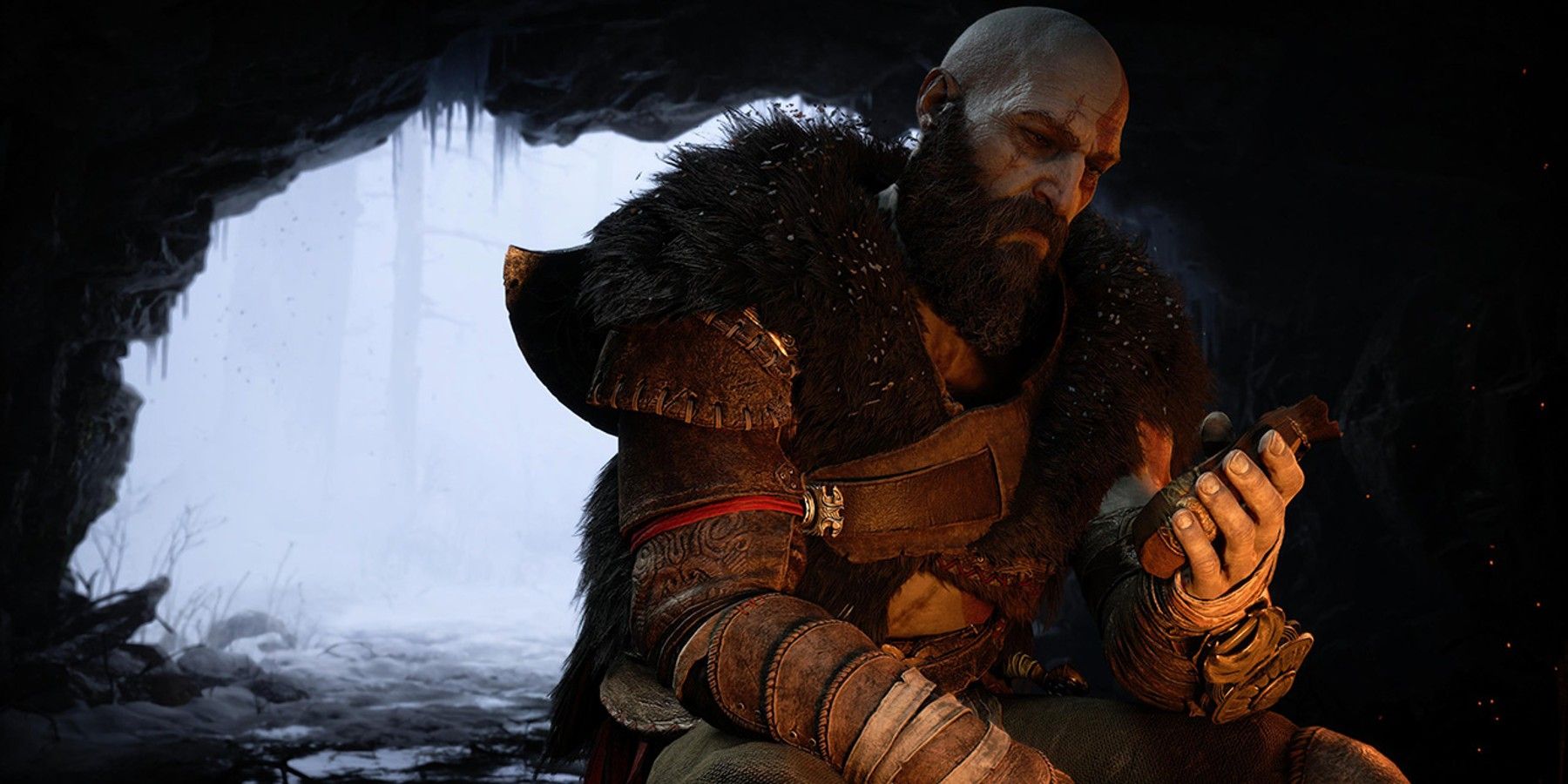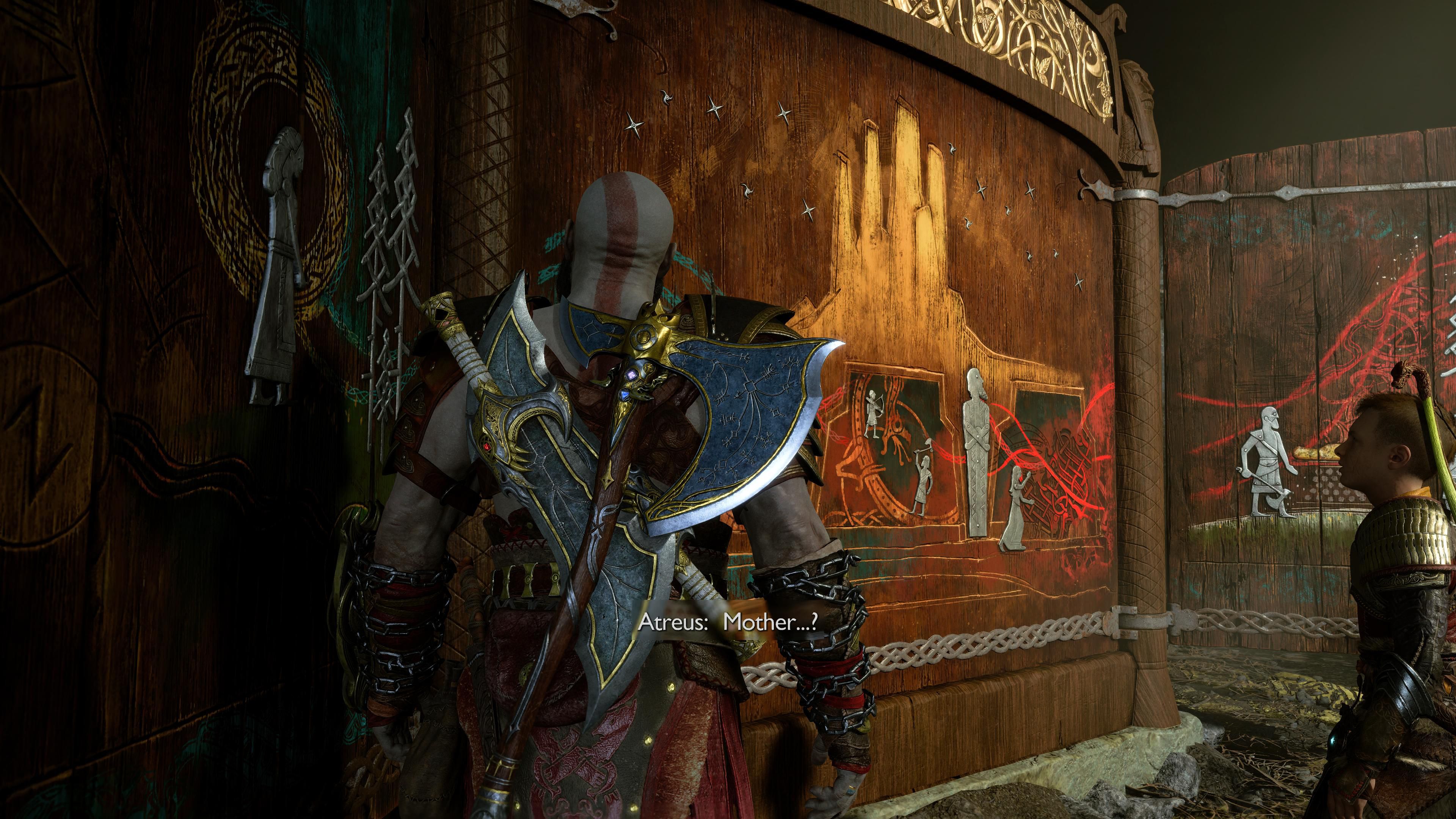PLEASE NOTE: This article contains MASSIVE SPOILERS for God of War Ragnarok. Proceed at your own risk.
One of the most anticipated games of the year, God of War Ragnarok, is finally out, and it's somehow managed to live up to its lofty expectations for the majority of fans. Delivering a powerful story that builds on its 2018 predecessor, fleshing out every one of its characters, and offering some of the tightest gameplay seen all year, God of War Ragnarok has it all, and while its story is an epic one with plenty of content, it might still leave fans desperate for more. A final teaser that invites plenty of speculation.
In 2018, God of War became a social media sensation when it released. While the game's quality was certainly one of its biggest talking points, God of War's mysterious, ominous ending overshadowed discussions soon after its release. Presenting a prophetic mural that suggested Atreus and Kratos' future may not be all that happy, God of War (2018) ended with a bang, and God of War Ragnarok uses the same trick to great avail, giving fans a glimpse of what Kratos' future may hold after those final credits roll.
What God of War Ragnarok's Final Mural Means for Kratos' Future
After Ragnarok has swept through Asgard, destroying the Realm and its inhabitants, and Odin has been defeated, Atreus wakes up back on Midgard. Taking control of the little god one final time, players walk up the mountain, encountering a variety of allies that they've met along the way. From Thrud and Lady Sif talking about finding an unknown object, to Lunda and the Alfheim warriors raising a glass to Atreus, the player has several heartwarming interactions before finally meeting up with Kratos and Angrboda at the peak of the mountain, where she says she has something to show them.
Entering a dark, circular room, Kratos and Atreus come face-to-face with a wooden mural, much like the ones they've seen throughout their journeys through the Nine Realms. Opening up the mural, the two see paintings of Faye -- Kratos' wife and Atreus' mother -- who seems to be fighting against her own people. The mural suggests that, upon learning of the prophecy of Atreus and Kratos, Faye defied the other giants and destroyed the mural which Kratos sees at the end of God of War 2018. She rejected her people so that Kratos and Atreus could write their own story.
After this revelation, Atreus tells Kratos that he needs to set out on his own to find the rest of the giants, and after an emotional goodbye, Kratos is left alone in the dark room. Taking a few moments to reflect, Kratos regains his composure and closes the door on the mural, but he realizes there's something on the other side. Opening up the backside of the mural, Kratos unveils three more panels. The first panel depicts the events of the first game, and the second shows snippets from God of War Ragnarok, but the right-hand panel is the most intriguing of the three.
The right panel of God of War Ragnarok's final mural depicts Kratos being immortalized as a gigantic gold statue, surrounded by smaller figures that seem to be worshiping him, throwing gifts towards the base of the statue and celebrating. This final mural has a pretty clear interpretation, that Kratos has finally been redeemed, and that he'll be revered by mortals for the god he is. Upon seeing this final panel, Kratos gets immediately emotional, clearly overwhelmed with the feeling that he's finally done something worthy of his title. Kratos then heads out of the cave, setting off to clean up the mess around the Nine Realms, and holding a newfound motivation to "be better."
God of War Ragnarok is available on PS4 and PS5.

